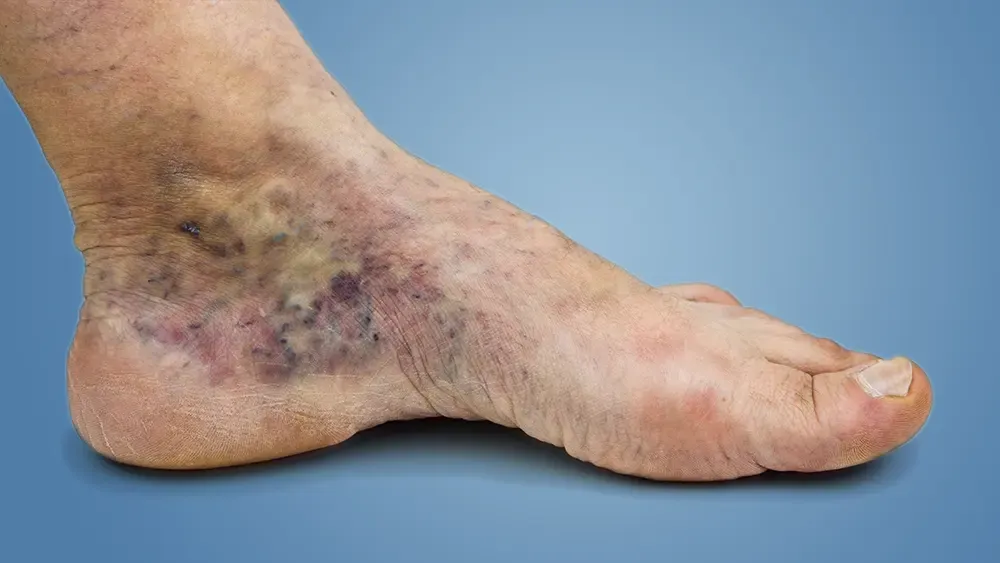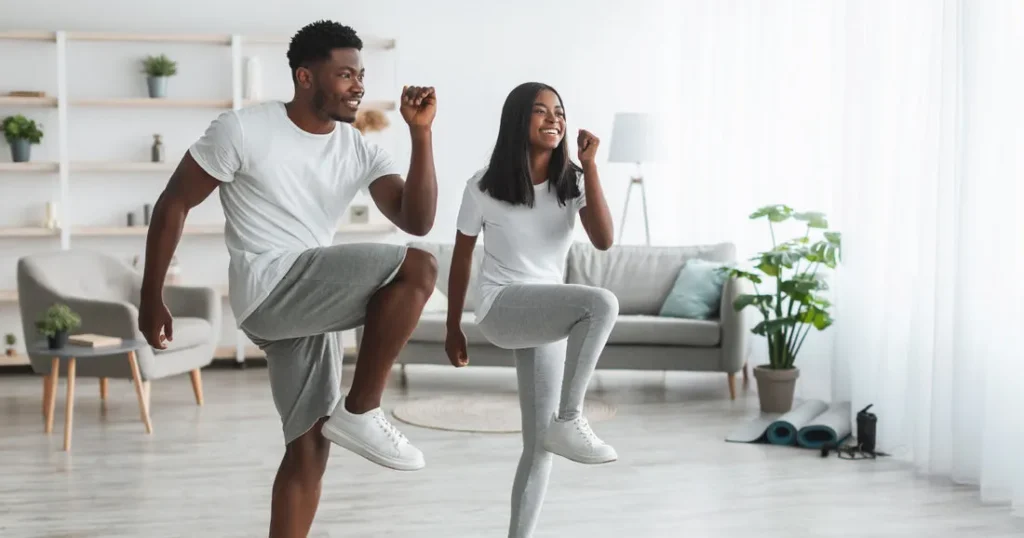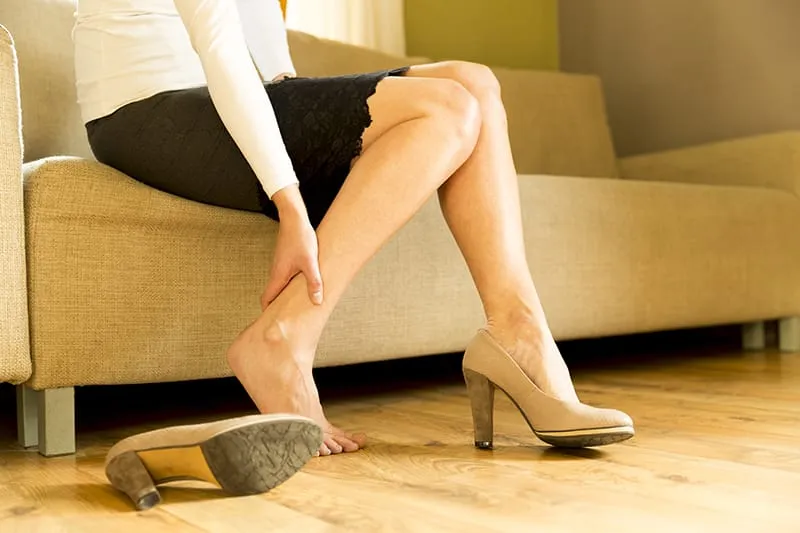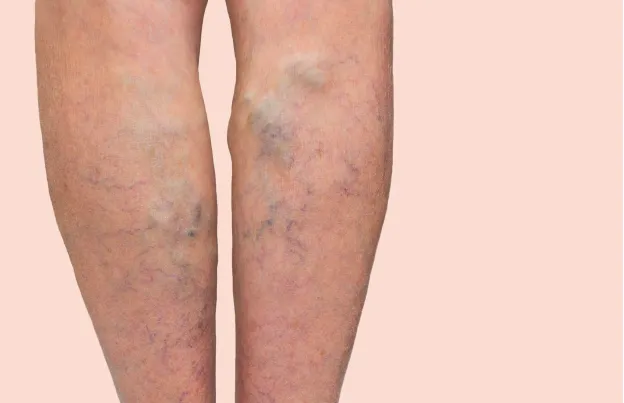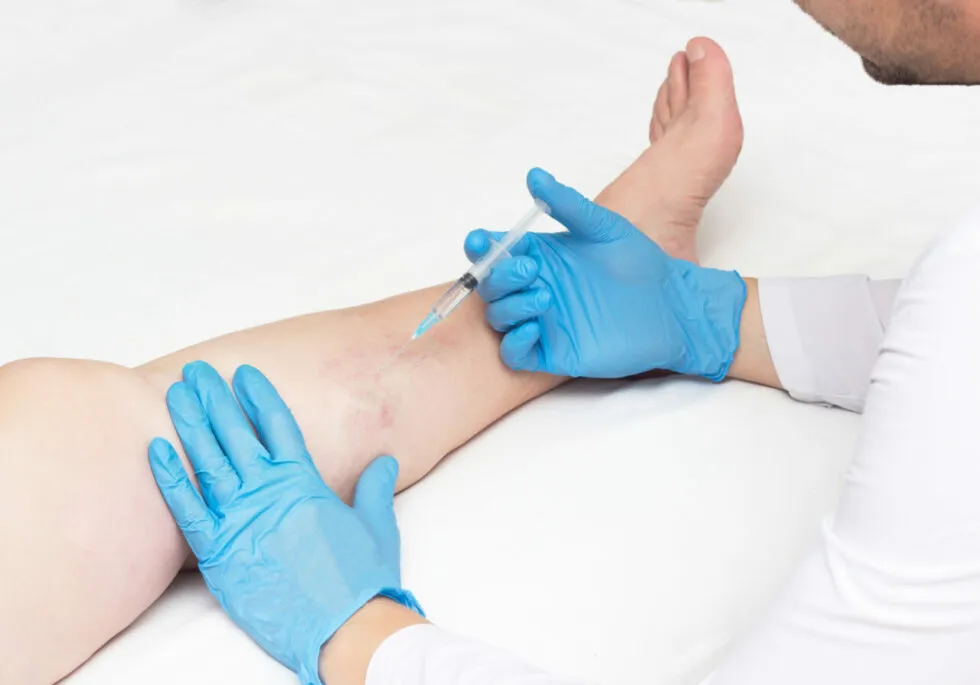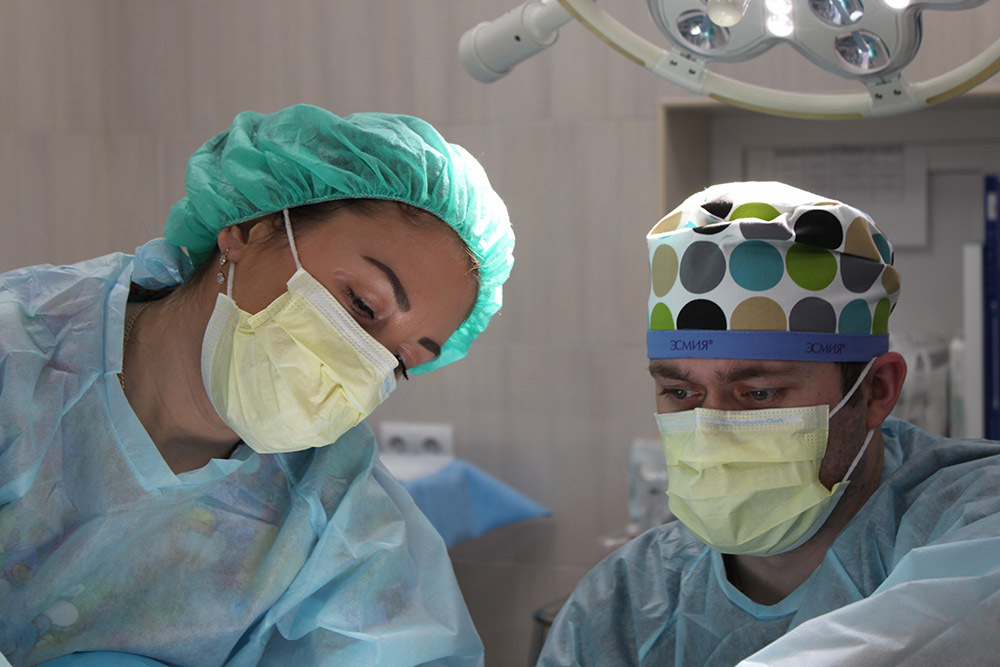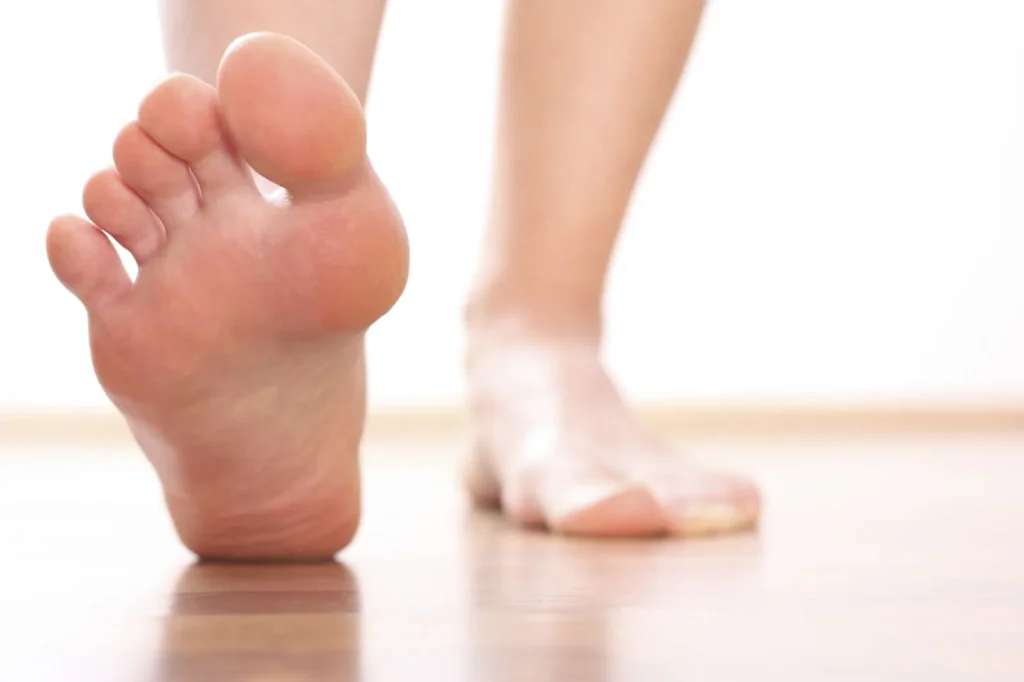Like spider veins and varicose veins, many patients who suffer from high blood pressure or poor functioning in the valves of leg veins can develop a troubling condition known as a venous ulcer. Typically caused by venous hypertension, venous insufficiency and inflammatory diseases, venous ulcers are open sores that result in a great deal of pain and cosmetic disfigurement and affect more than 500,000 people in the United States alone. Below are venous ulcer signs and how to treat and prevent the condition.
Improving circulation in the legs is the most important step in prevention, but knowing the signs of venous ulcers will help you get to a doctor more quickly if you develop one, allowing you to avoid potential discomfort, infection, and reoccurrence. Here are some of the signs to look for with venous ulcers and what you can do if one develops.
Signs
- Usually, one of the first signs of a developing venous ulcer is the darkening of skin to a purple or reddish color. Keep an eye out for changes in skin color near the inside anklebone, as this is the most common area for a venous ulcer to appear.
- The site of a venous ulcer may feel tender and/or heavy and can make walking and movement difficult.
- Swelling may also be evident in the area around a forming ulcer. This can cause the skin to appear shiny and tight and may also feel warm to the touch.
- Venous ulcers may make it appear as if you have a rash or eczema, causing the skin to become dry and flaky and express fluid around the edges of the irritation.
- An open wound is a clear sign that an ulcer has developed, and such a wound may leak a clear fluid. If leakage of a wound is green or yellow, this may indicate that an ulcer has become infected, making medical attention urgent.
Treatments
Because venous ulcers have a high risk of infection and can be quite painful, it’s important to visit your leg vein specialist, Dr. Schoenhaus in Boca Raton immediately if you think you see the signs. Compression therapy is often the first treatment used to combat venous ulcers, as compression wraps help to increase blood flow and cut down the pooling of blood that causes ulcers to form. Seeking medical help is crucial with a venous ulcer, as they often worsen over time and can cause serious infection, so don’t hesitate to get checked out.
However, there are a few things you can do on your own to help alleviate the pain of venous ulcers. Because ulcers are caused by circulation problems, increasing blood flow by exercising or walking can help reduce swelling and improve the function of the venous valves. Elevating the affected leg may also help reduce some of the pain and heaviness experienced. Make sure you ask your doctor what treatments will be most effective and appropriate for your individual case.
